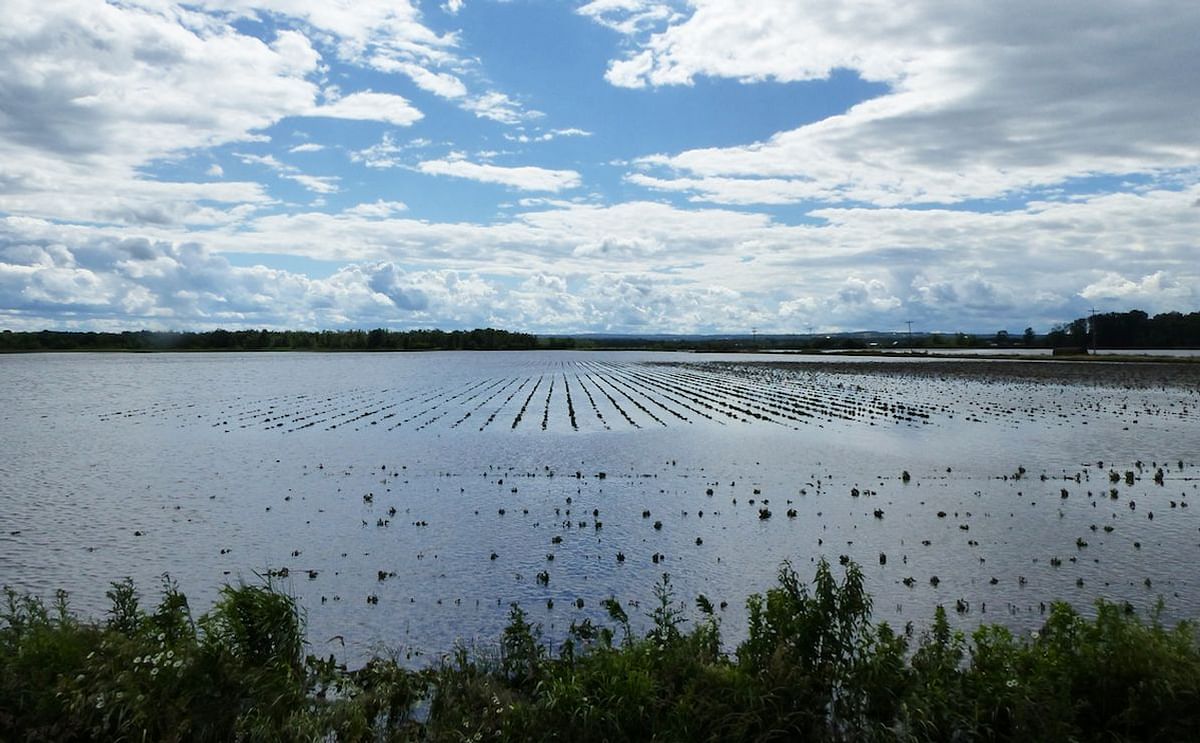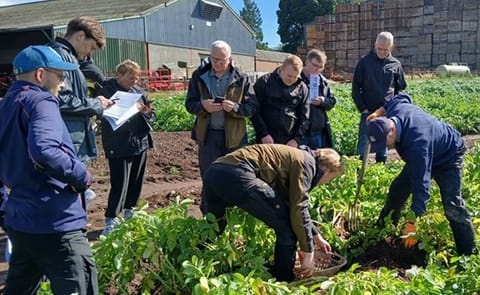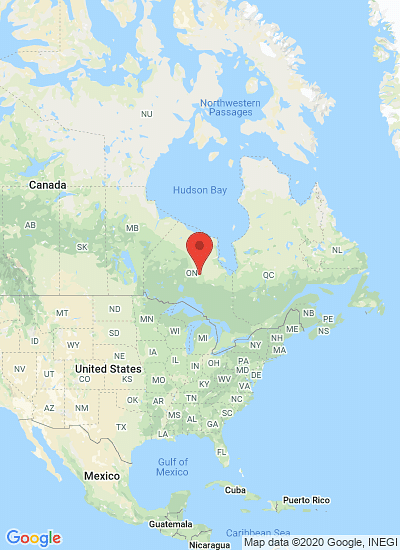A potato field in the Orangeville-Beeton area on Sunday, June 25. (Courtesy: Eugenia Banks, Ontario Potato Board)
Heavy rain damages potato crop in Ontario, Canada

After a month of good growing conditions and positive reports amid sporadic news on disease potential, word from one of Ontario’s potato-growing regions is that roughly 1,000 acres of potatoes have been lost due to flooding.
Drenching rains in midwestern Ontario have left both commercial fields and variety plots ruined.
Rainfall amounts from June 22 to 23 varied in the potato-growing areas, with the Orangeville and Beeton districts the hardest hit. Orangeville received 5.5 inches of rain while Beeton, to the northeast, received 3.5 inches. Roughly 100 acres in that region were lost.
In other locales, Shelburne’s growers recorded between two and four inches, Simcoe-Delhi saw roughly 1.5 inches; Burford to Aylmer received one to two inches, as did the Alliston-Stayner corridor. At the other end of the spectrum, the Leamington area received less than an inch, and some growers are concerned about the dryness.

This trial field near Beeton, Ontario, was thought to have been lost, but timely drainage has saved it. (Courtesy Eugenia Banks, Ontario Potato Board)
The heavy rains will challenge growers in three ways, Banks said: nitrogen leaching, the potential for increases in late blight, blackleg, aerial stem rot and soft rot, and a high probability of quality problems in fields where growth is advanced.
The nitrogen issue, Banks said, can be fixed, but the late blight issue is a concern. Spores of the disease have yet to be detected in Michigan, Wisconsin and Maine, and Banks received the results from spore traps in the Alliston and Shelburne regions from late last week, with no late blight spores detected.
In fields where late blight spores are detected, she recommended an application of Bravo or a specific late blight fungicide. As for blackleg and aerial stem rot, Banks suggested copper hydroxide (Parasol or Kocide) as options.
In terms of quality issues in wet fields, growers should look for tuber malformations, growth cracks and hollow-heart developing due to the excessive precipitation.
Other potato growing areas in Canada, including Quebec and New Brunswick have been hit by heavy rain recently as well, but PotatoPro has not yet heard of any damage in these areas.








